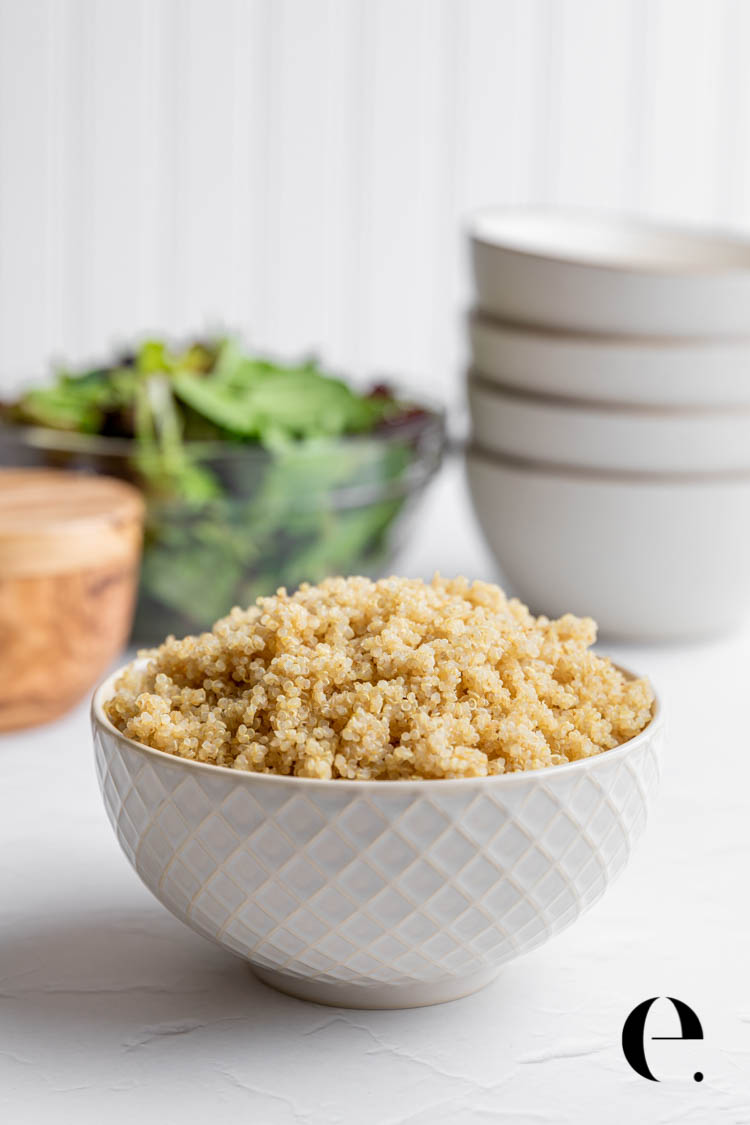
So, is quinoa gluten-free? Yes, quinoa is naturally gluten-free, which means it’s appropriate for a gluten-free diet (even with celiac disease)!
Many people are looking for alternatives to grains these days, and while quinoa cooks like a grain, it’s technically a seed (more on that in a moment).
Quinoa is one of the most protein-rich plant foods around. This popular health food is not only tasty, but it’s also loaded with protein, fiber, healthy fat, and an impressive balance of essential amino acids.
How can you incorporate quinoa into your diet? Short answer: So many ways! You can use it in place of pasta in a soup or as a substitute for rice in a stir fry. You can even use quinoa flour in your next batch of healthier cupcakes!
Now, let’s take a closer look at what exactly quinoa is…

What is Quinoa?
Quinoa (Chenopodium quinoa) is an annual herbaceous plant native to South America and grown for its very small yet edible seeds.
Pronounced “keen-wah,” this edible seed comes in an array of colors including white, black, red, and yellow. Most people eat quinoa’s protein and fiber-rich seeds, but the plant’s young leaves are also rich in nutrients and can be used like any other leafy green.
Quinoa is often called an ancient grain but is technically a pseudocereal or pseudograin. If you’re comparing a pseudocereal vs. an actual grain, a pseudocereal is the seed of a broadleaf plant while an actual grain is the seed of a cereal grass.
Pseudocereals have their starches stored in a different place than cereal grains. Unlike grains, pseudograins do not contain gluten.
You’re probably familiar with grains or cereal grasses (some contain gluten and some don’t) like wheat, rye, barley, corn, oats, spelt, and rice. Examples of gluten-free pseudocereals include quinoa, buckwheat, and amaranth.
Quinoa for Celiac and Gluten Sensitivity
Can celiacs eat quinoa? Yes, many people with celiac disease can eat quinoa without any problems. However, it’s very important to ensure that your quinoa is 100% gluten-free.
If you have celiac disease, you may want to buy a certified gluten-free brand. Some brands of quinoa may be contaminated with traces of gluten during production.
One study found that people with celiac disease were able to eat quinoa every day for 6 weeks without any noticeable side effects of gluten exposure, like bloating. (Bonus: their cholesterol levels went down!)
Are all quinoa products gluten-free? Not all quinoa products are certified gluten-free. Even though quinoa is naturally gluten-free, some quinoa products may experience cross-contamination with gluten during processing.
Can you buy gluten-free quinoa? Yes, you should look for certified and clearly labeled gluten-free quinoa products at your local grocery store, especially if you have celiac disease or gluten sensitivity or gluten intolerance.
So does everyone with celiac or gluten sensitivity do well with quinoa? Not necessarily!
As pointed out by a dietitian from the National Celiac Association, quinoa seeds do contain saponin, a bitter coating that keeps pests away from the plant but can also cause stomach aches in humans.
Thankfully, quinoa’s saponin content can be decreased by rinsing and draining raw quinoa prior to cooking it.
Possible Side Effects of Quinoa
As I mentioned, some people may experience stomach upset from quinoa due to its saponin content. This possible side effect is less likely if quinoa is rinsed well prior to use.
Quinoa also contains prolamin, which is a type of protein found in a lot of cereal grains. According to the Celiac Disease Foundation, quinoa is often well-tolerated by celiac patients, but some research points towards a possibility of quinoa’s prolamin causing an autoimmune system response in celiac patients.
This study published in 2012 found that some varieties of quinoa “could activate the adaptive and innate immune responses in some patients with celiac disease” but the researchers also pointed out that further research is needed.
If you’ve never had quinoa before, start with a small serving and see how you feel afterward. This is especially important if you have celiac disease or a sensitivity to gluten. Remember to make sure the brand you choose is certified gluten-free.
Quinoa Nutrition & Health Benefits
What are the basic nutrition facts for quinoa? One cup of cooked quinoa contains:
- 220 calories
- 8 grams of protein
- 3.5 grams of fat
- Less than 2 grams of sugar
- 39 grams of carbohydrates
Many health experts, including Harvard, consider quinoa to be a complete protein. Why? Because when you eat quinoa, you are obtaining all nine essential amino acids (the human body can’t make these essential aminos on its own).
Quinoa is also a rich source of magnesium, phosphorus, manganese, potassium, calcium, and B vitamins like thiamin and folate.
No wonder people call quinoa a superfood! Eating quinoa won’t help you take to the skies, but it can certainly support a healthy lifestyle while eliminating the bloating and other issues gluten can cause if you’re sensitive to it.
As a protein-rich pseudograin, quinoa is a great energy-boosting ingredient for breakfast, lunch, or dinner.
Although they get a bad wrap in the health community, they are simply a food group that resemble typical grains, but are not grains. Commonly found pseudograins are quinoa, buckwheat, and amaranth.
If weight loss is your goal, a switch from a carb-heavy side like pasta to protein and fiber-rich quinoa isn’t a bad idea. It’s also a great choice for women who are pregnant or trying to conceive since it contains a significant amount of folate per serving.

How to Cook and Use Quinoa
There are different varieties of quinoa. If you want a more mild flavor, opt for yellow or white. Like a more bold and earthy taste? Choose black or red quinoa.
Ready to try some of this gluten-free goodness? It’s not hard to make fresh quinoa in a matter of 15 minutes tops.
How to make quinoa:
- To prepare quinoa, rinse it well in a fine mesh colander and let it drain until no water runs from the bottom of the strainer. This takes about a minute.
- Add the rinsed quinoa to a pot.
- Add double the amount of filtered water or veggie stock, minus 1 tablespoon (since there is liquid in the rinsed quinoa).
- Set a timer for 12 minutes.
- Bring the pot to a boil, then cover and reduce heat to low and simmer for about 12 to 15 minutes until all of the liquid is absorbed and the little ‘tail’ of the quinoa has sprouted out.
- Check the quinoa at 12 minutes (the first time you make it, check it at 10 minutes). If the water is all absorbed, it’s done. If there is still water in the pan, let it continue to simmer until the water is absorbed.
- Once the water is absorbed, remove from heat. Stir once, then cover again and let it steam for 15 minutes. The quinoa will continue to absorb more water and become more fluffy.
- Fluff with a fork and use in a recipe, or let it come to room temperature for storage.
- If you’re not using it right away, store your quinoa in an airtight glass container in the refrigerator for up to 5 days.
Ready for some delicious ways to start using quinoa today? Try quinoa in your next homemade salad for lunch or dinner. Want to add more protein to your breakfast too? Start the day with my berry-laced quinoa breakfast bowl. With its nutty flavor, plain quinoa is also a delicious side dish with meat, fish, or a vegetable-centric main course.
More mouth-watering and nutritious quinoa recipes:
Other Gluten-Free Grains to Try
Is brown rice with quinoa gluten-free? Yes, brown rice is also naturally gluten-free like quinoa, so brown rice and quinoa mixes are gluten-free. In fact, short grain, long-grain, brown, and white rice are all free of gluten.
Rice and quinoa can often be used interchangeably in dishes. If you’re looking for antioxidants like quinoa contains, then wild or black rice are better choices than white rice.
Which grains are gluten-free? According to Mayo Clinic, some gluten-free grains (both pseudograins and whole grains) that are acceptable as part of a gluten-free diet include:
- Quinoa
- Rice
- Amaranth
- Millet
- Sorghum
- Teff
- Oats
- Corn
- Flax
As you can see, in addition to quinoa, there are a lot of other gluten-free options to try. Quinoa flour is also one of the many alternative gluten-free flours these days.
(Pro tip: Steer clear of couscous if you’re gluten-free. This grain looks like its gluten-free cousin, sorghum, but is made from semolina, a wheat product.)
You may find that you feel better with one gluten-free option over another. Every person’s body is different, so it’s important that you give new gluten-free foods a try and see how you react to them.
Of course, don’t try gluten-containing foods if you already have completed blood tests that show you have a problem with digesting gluten.
If quinoa isn’t your new go-to, that’s ok. Or, you may just find it’s a perfect fit for your favorite recipes and your tastebuds.
Sources
- Zevallos, V. F., Herencia, I. L., Chang, F., Donnelly, S., Ellis, J. H., & Ciclitira, P. J. (2014). Gastrointestinal Effects of Eating Quinoa (Chenopodium quinoaWilld.) in Celiac Patients. American journal of gastroenterology, 109(2), 270-278. Abstract.
- Zevallos, V., Ellis, H., Suligoj, T., Herencia, L., and Ciclitira, P. (2012). Variable activation of immune response by quinoa (Chenopodium quinoa Willd.) prolamins in celiac disease. The American Journal of Clinical Nutrition, 96, 2. Full text.
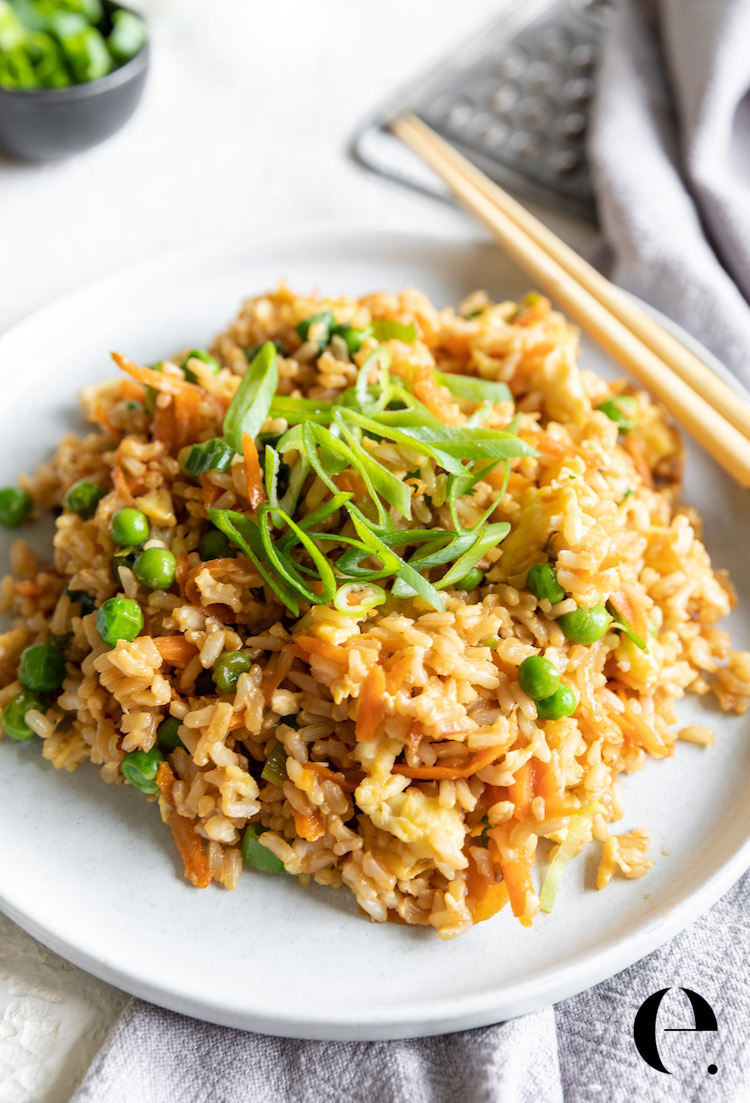
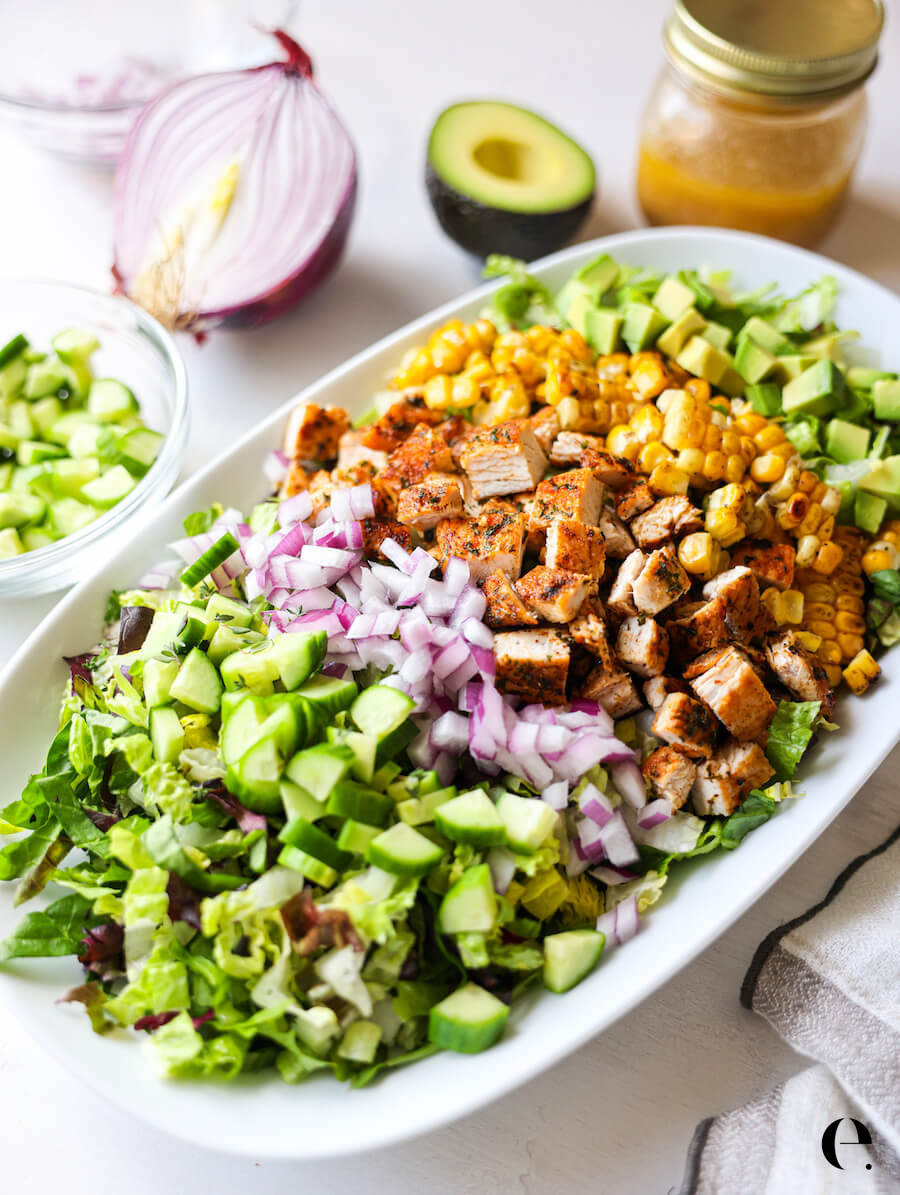
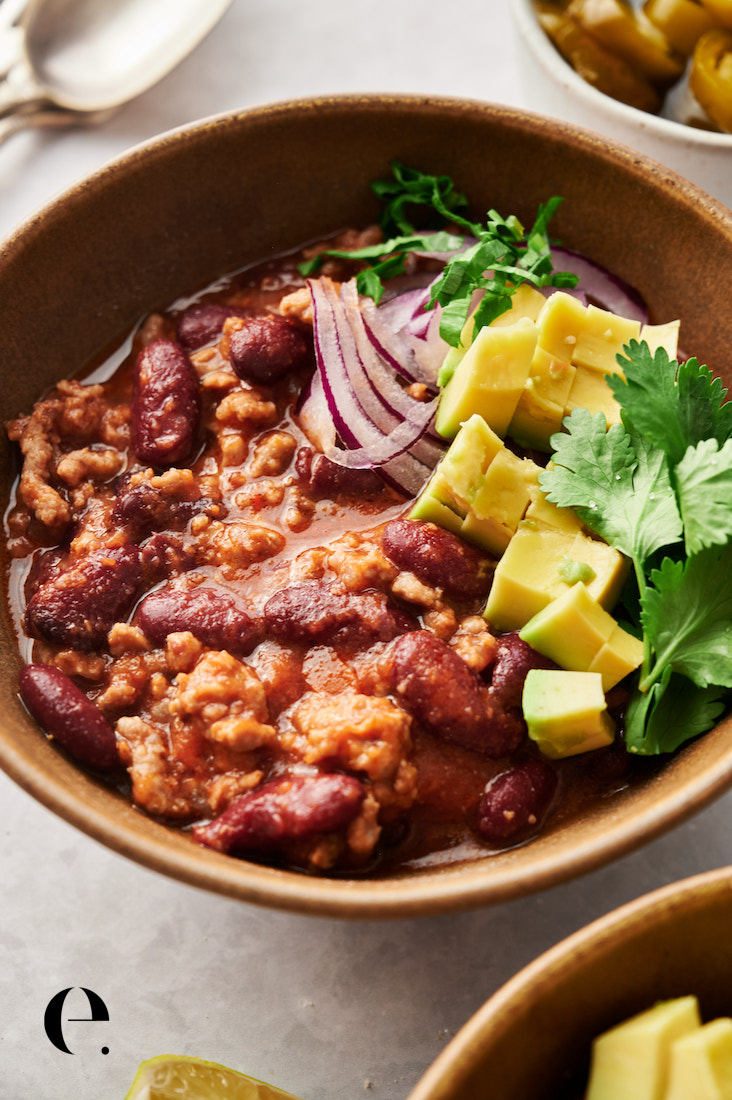
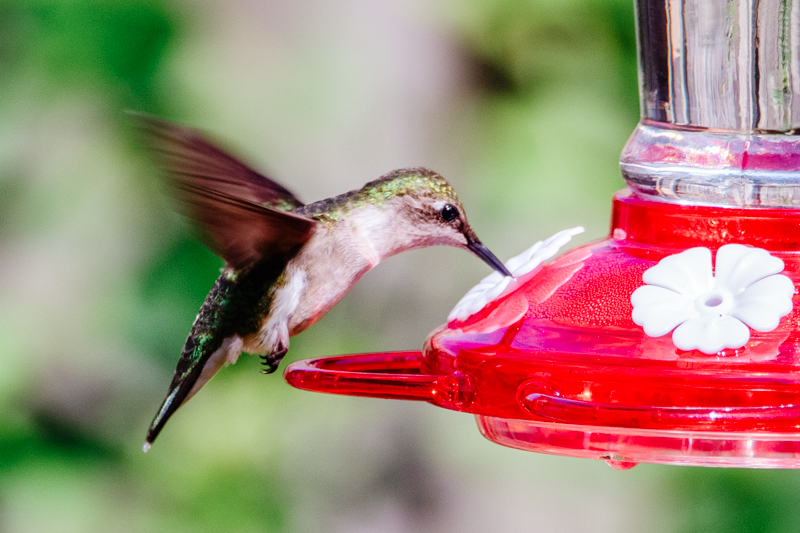
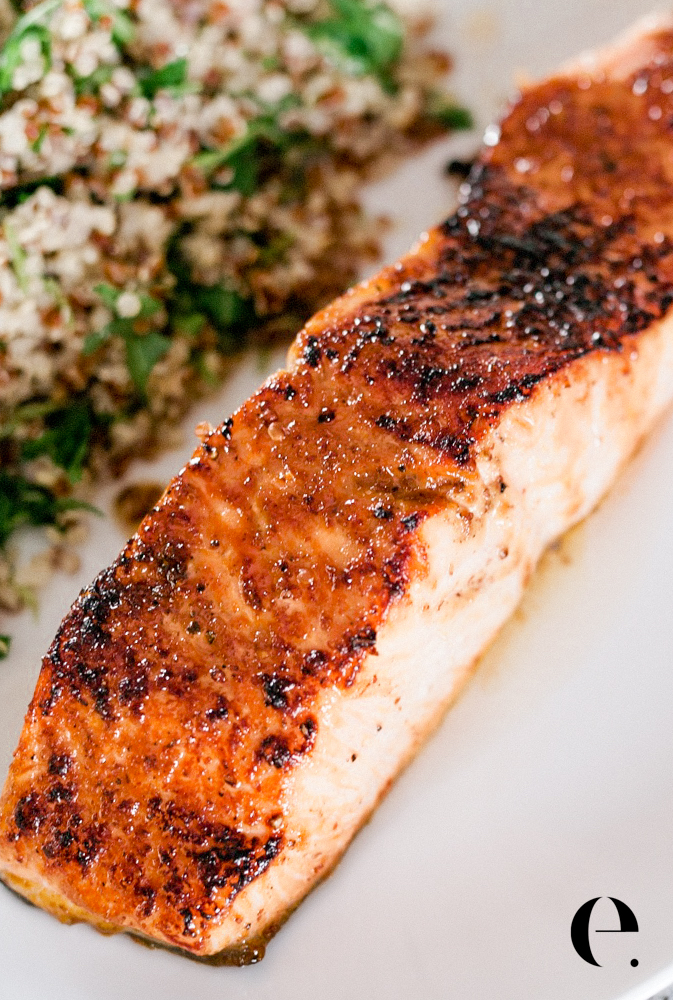
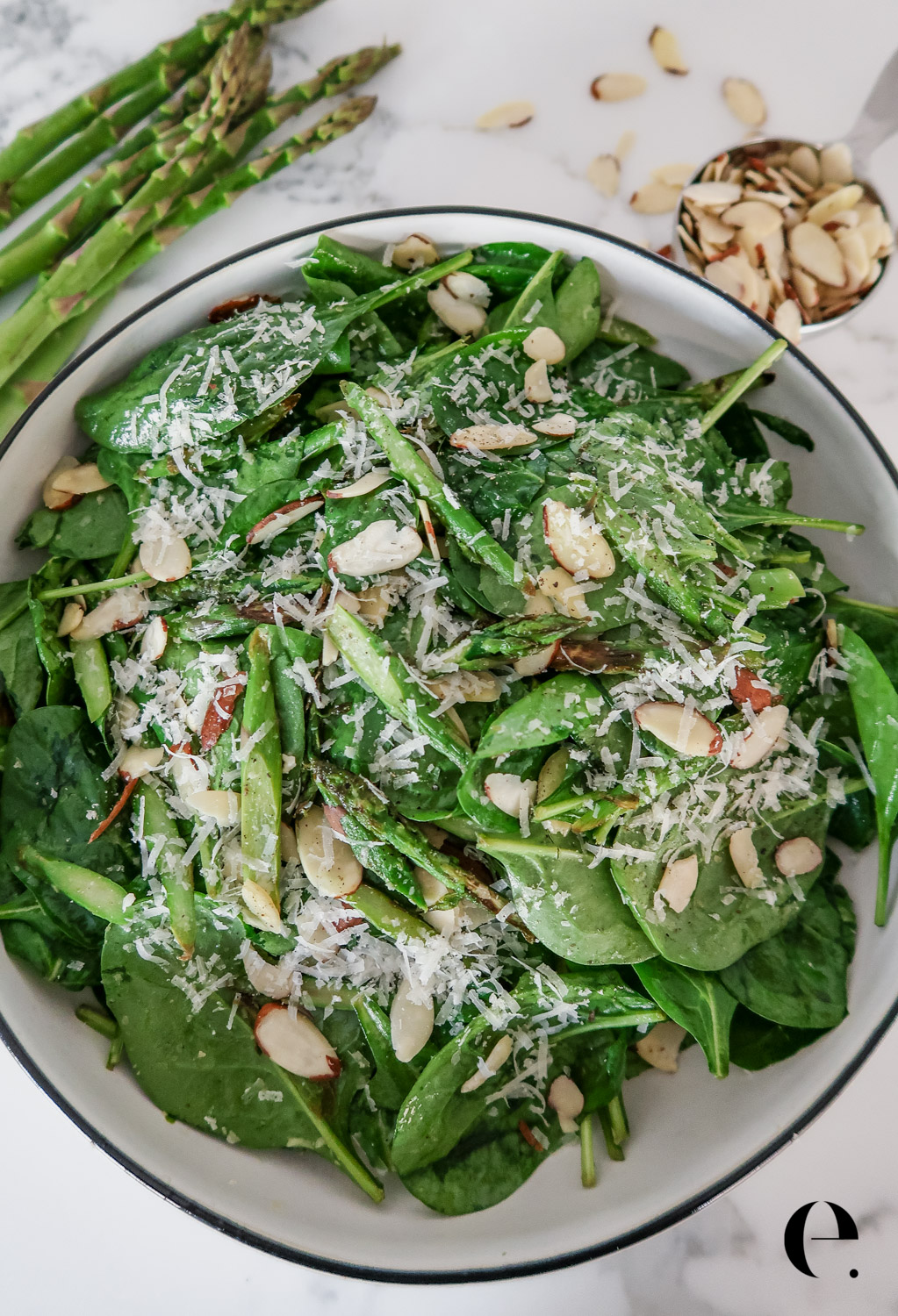



Leave A Review + Read The Comments →